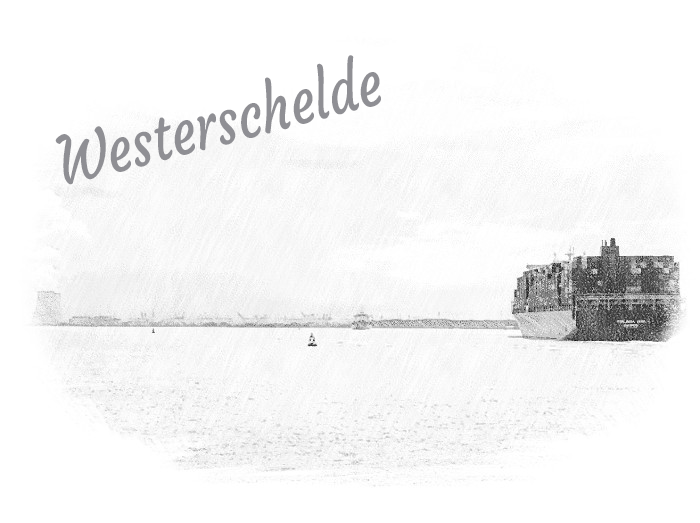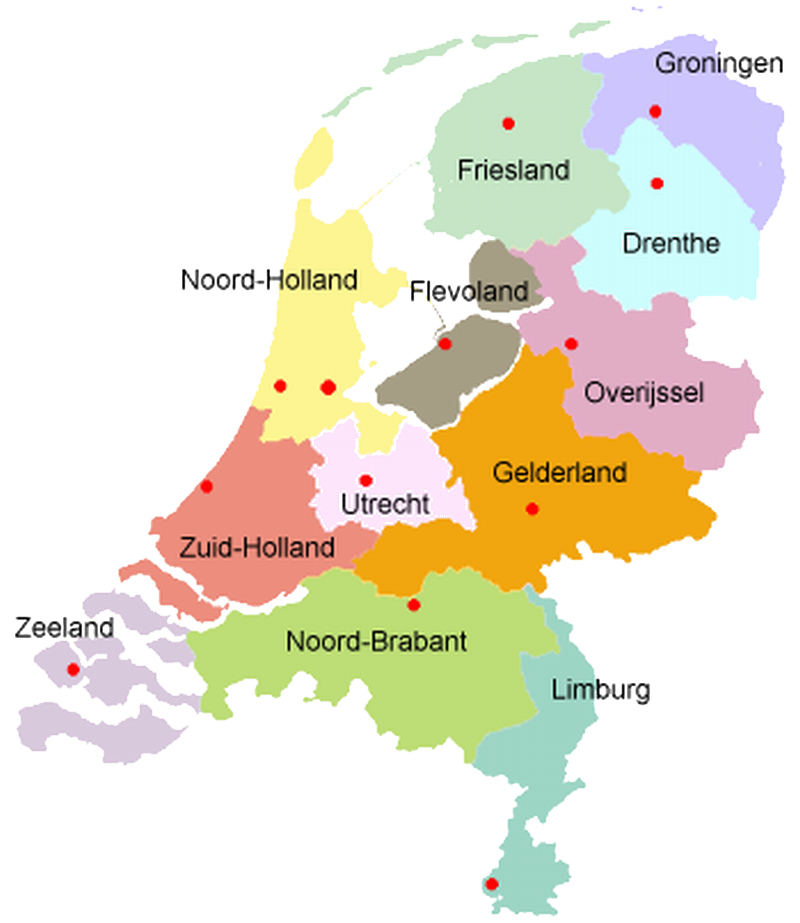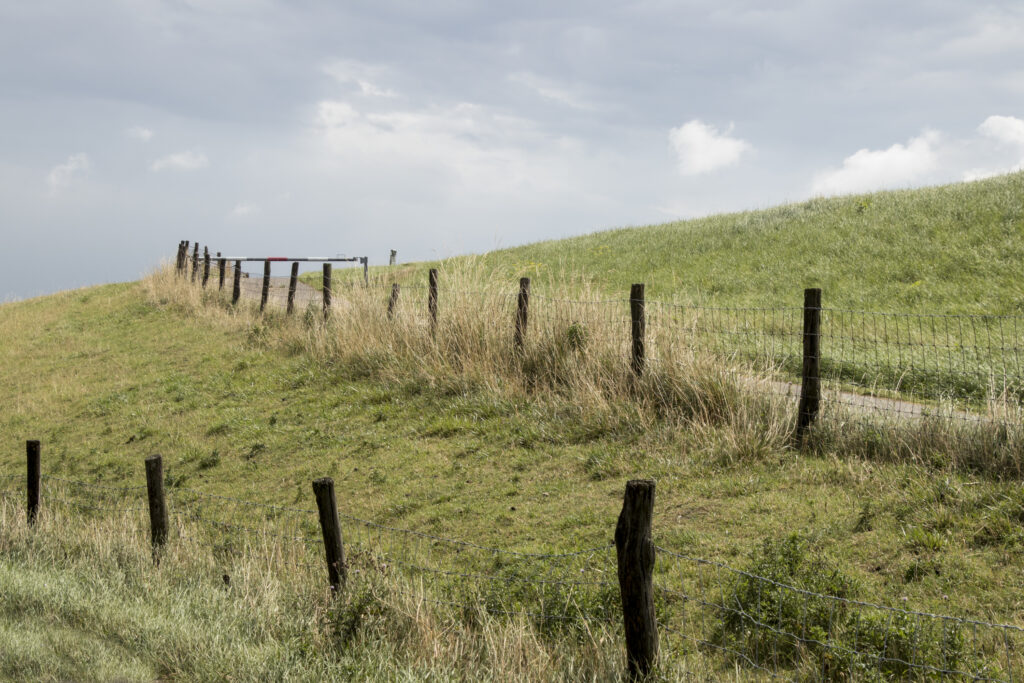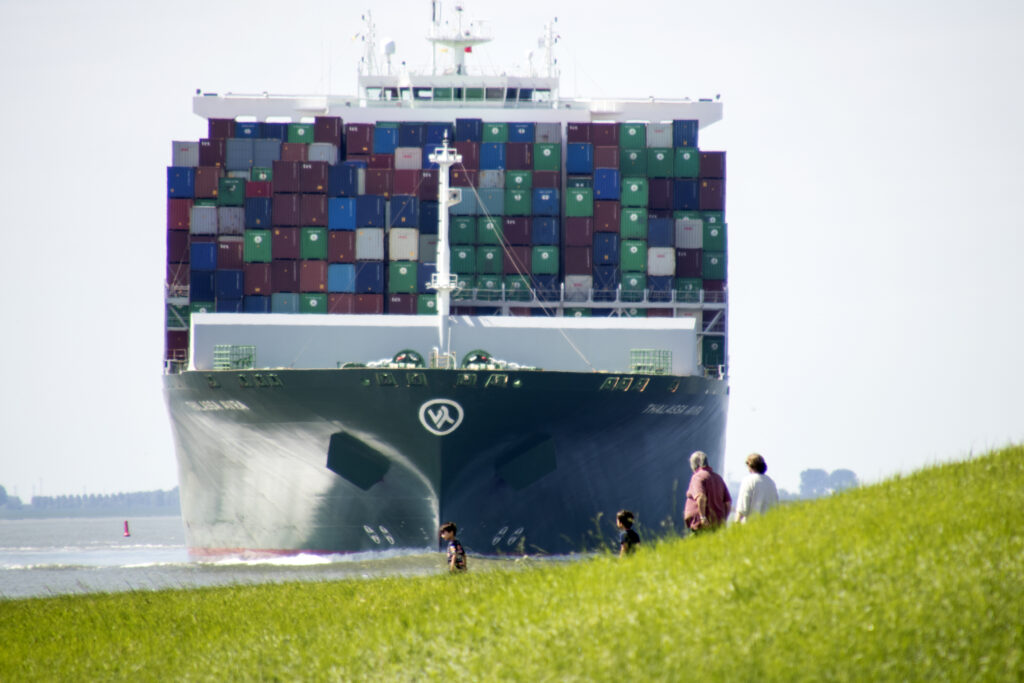Westerschelde

A Natural Marvel Shaping Dutch Landscape
The Westerschelde, a tidal estuary in the southwestern Netherlands, stands as a testament to the intricate dance between land and water. Spanning approximately 96 kilometers, this vital waterway connects the North Sea to the ports of Antwerp and Vlissingen, making it a strategic passage for maritime trade.
With its constantly shifting channels and dynamic tides, the Westerschelde is a prime example of the ever-evolving nature of coastal environments. It has not only influenced the development of Dutch maritime trade but also played a pivotal role in shaping the region’s rich biodiversity. The interplay of saltwater and freshwater has led to the creation of unique habitats, home to numerous species of plants and animals.
However, the Westerschelde’s significance is not without its challenges. The delicate balance between human activities and the preservation of this natural wonder has been a subject of ongoing debate. Dredging for navigation and flood control measures have raised concerns about potential ecological impacts.
Efforts to find a harmonious coexistence between development and conservation are ongoing, reflecting the Dutch commitment to sustainable resource management. The Westerschelde remains a symbol of the intricate relationship between human societies and the environment, reminding us of the need to protect and appreciate the natural wonders that shape our world.

TRAFFIC ON WESTERN SCHELDT
The Western Scheldt is an estuary located in Northwestern Europe, specifically in the Netherlands and Belgium. It is the largest and most important estuary in the Scheldt River system, which flows through France, Belgium, and the Netherlands before emptying into the North Sea.
The Western Scheldt serves as a tidal river, meaning its water level fluctuates with the tides. It is approximately 160 kilometers (100 miles) long and varies in width, reaching up to 1.5 kilometers (0.9 miles) at certain points. The estuary plays a crucial role in the maritime transportation and trade of the region.
Throughout history, the Western Scheldt has been an important waterway for the cities and ports situated along its shores. It has served as a vital trade route, facilitating the movement of goods and people between the North Sea and the ports of Antwerp in Belgium and Rotterdam in the Netherlands. These ports are among the busiest in the world, and the Western Scheldt enables large vessels to access them.
One of the notable features of the Western Scheldt is the Westerschelde Tunnel, which opened in 2003. This tunnel provides a direct connection for road traffic between the municipalities of Terneuzen in the Netherlands and Ellewoutsdijk in Belgium, enhancing transportation links in the region.
The Western Scheldt estuary also plays a significant role in the ecosystem of the area. It is a habitat for various marine species, including fish, birds, and seals. The estuary’s tidal nature and the presence of saltwater and freshwater influences contribute to its biodiversity and make it an important area for nature conservation.
However, the management and preservation of the Western Scheldt have also been the subject of environmental and engineering concerns. The estuary is prone to erosion and flooding, and human intervention has been necessary to maintain navigable channels and protect the surrounding areas from flooding. Dredging and dike construction projects have been undertaken to balance the needs of navigation, flood protection, and ecological preservation.
In conclusion, the Western Scheldt is a significant estuary that plays a vital role in the maritime trade and transportation of the Netherlands and Belgium. It supports bustling ports, provides a diverse ecosystem, and requires careful management to balance the needs of navigation and environmental preservation.
Scheldt-Rhine Canal
The Schelde-Rijn Canal (also known as the Scheldt-Rhine Canal) is a man-made waterway in the Netherlands that connects the River Scheldt (Schelde) and the River Rhine (Rijn). It provides an important navigation route between the ports of Antwerp in Belgium and Rotterdam in the Netherlands, allowing for the transportation of goods and facilitating international trade.
The canal starts at the town of Bath, located on the eastern bank of the Western Scheldt Estuary. From there, it runs northeastward, passing through the province of Zeeland and the cities of Terneuzen and Vlissingen. It then continues inland, crossing the province of North Brabant, until it reaches the River Rhine near the town of Waspik.
The construction of the Schelde-Rijn Canal was completed in 1981, and it was designed to accommodate larger vessels that cannot navigate the narrower and shallower parts of the natural river system. The canal has a depth of about 6 meters (20 feet) and a width of approximately 70 meters (230 feet), allowing for the passage of barges and smaller ships.
By connecting the Scheldt and Rhine rivers, the canal provides a shorter and more direct route for inland shipping, avoiding the need to navigate through the complex river systems and the busy ports along the way. It has become an essential transportation artery for the region, enabling the efficient movement of goods and contributing to the economic development of both Belgium and the Netherlands.
The Schelde-Rijn Canal also plays a role in flood control, as it serves as a water retention area during periods of high water levels. In times of excessive rainfall, the canal can be used to temporarily store water, helping to reduce the risk of flooding in surrounding areas.
Overall, the Schelde-Rijn Canal is an important infrastructure component in the transportation network of the Netherlands and Belgium, supporting trade and providing a vital link between the River Scheldt and the River Rhine.





